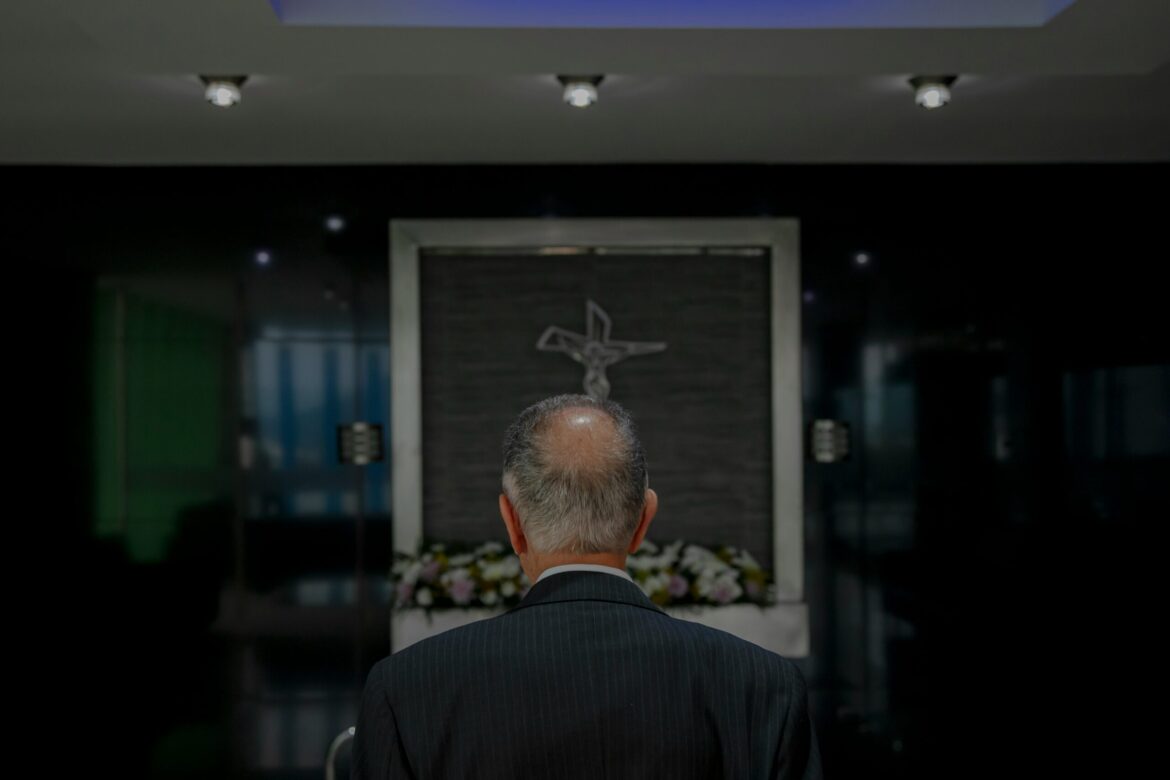On July 17, 2025, tens of thousands of Americans took part in the annual “Good Trouble Lives On” rallies across approximately 280–400 cities—spanning from Anchorage to Miami—to commemorate the life and legacy of civil rights icon John Lewis, who passed away on July 17, 2020. Organized by coalitions including Black Voters Matter, the League of Women Voters, the Leadership Conference on Civil and Human Rights, and others, the multi-city demonstrations focused on advancing voting rights, racial equity, and defending democracy.
These events carried the rallying cry “March in Peace. Act in Power.”, a direct echo of Lewis’s lifelong commitment to nonviolent civic action and encouraging American citizens to “get into good trouble” when confronting injustice.
Over 1,500 to 1,600 events were recorded nationwide, with more than 56,000 RSVPs noted ahead of time. Participation spanned all 50 states, including territories like Puerto Rico. Standout events occurred in cities such as Atlanta—where demonstrators marched from Big Bethel AME to Ebenezer Baptist Church—alongside major gatherings in Chicago, New York City, Washington, D.C., Los Angeles, and Minneapolis.
Protesters voiced alarm over recent legislative measures perceived as voter suppression, including reduced access to early or mail-in voting—a rollback linked to the 2013 Shelby County v. Holder Supreme Court decision. Many called for passage of the John Lewis Voting Rights Advancement Act to restore federal oversight and enforce fair election practices.
Another focus of the protests was civil rights and the perceived erosion of democratic norms under recent political trends. Demonstrators criticized policies related to immigration enforcement, healthcare access, police accountability, and reproductive rights. The rallies reflected a widespread sense of urgency to preserve and expand civil liberties.
In Washington, D.C., a group of about two dozen activists introduced an artistic dimension to the protests by crafting decorated umbrellas with messages such as “WE WANT FREE AND FAIR ELECTIONS” and “DIVERSITY MAKES US BETTER.” These nontraditional forms of protest were aimed at making activism more inclusive and creative.
Prominent voices in the movement, such as Barbara R. Arnwine of the Transformative Justice Coalition, underscored the necessity of ongoing protest. “We’re going to make good trouble because good trouble lives on, and we will not stop until we win this fight,” she declared, reinforcing the resolve of the movement.
Civil rights experts have warned of troubling signs of democratic backsliding and emphasized the need to revitalize stalled reforms such as the George Floyd Justice in Policing Act. The rallies served as a reminder of how civic action can mobilize public pressure for stalled legislative goals.
The legacy of John Lewis provided historical grounding for the demonstrations. As a leader in the Nashville sit-ins, Freedom Rides, and the 1965 Selma-to-Montgomery marches—where he suffered a fractured skull on Bloody Sunday—Lewis championed the power of nonviolent direct action as a moral and political force. His call to “make good trouble” remains a defining message for today’s activists.
Many of the events also included community-focused actions beyond marching, such as voter registration drives, candlelight vigils, teach-ins, and block parties. Organizers across the country emphasized peaceful protest and community empowerment as key components of the rallies’ message, aligning closely with Lewis’s principles.
The “Good Trouble Lives On” rallies are more than commemorations—they represent a coordinated effort to push back against perceived regressions in civil rights and democratic standards. Coming shortly after the June No Kings protests and ahead of the next election cycle, these actions demonstrate the sustained momentum behind movements for voter protection, social justice, and civic engagement.
The July 17 wave of “Good Trouble Lives On” rallies stands as a powerful tribute to John Lewis’s vision. By uniting nearly every U.S. state in a single day of civic engagement, the demonstrations highlighted the enduring influence of Lewis’s work and a renewed national commitment to the democratic ideals he championed.

